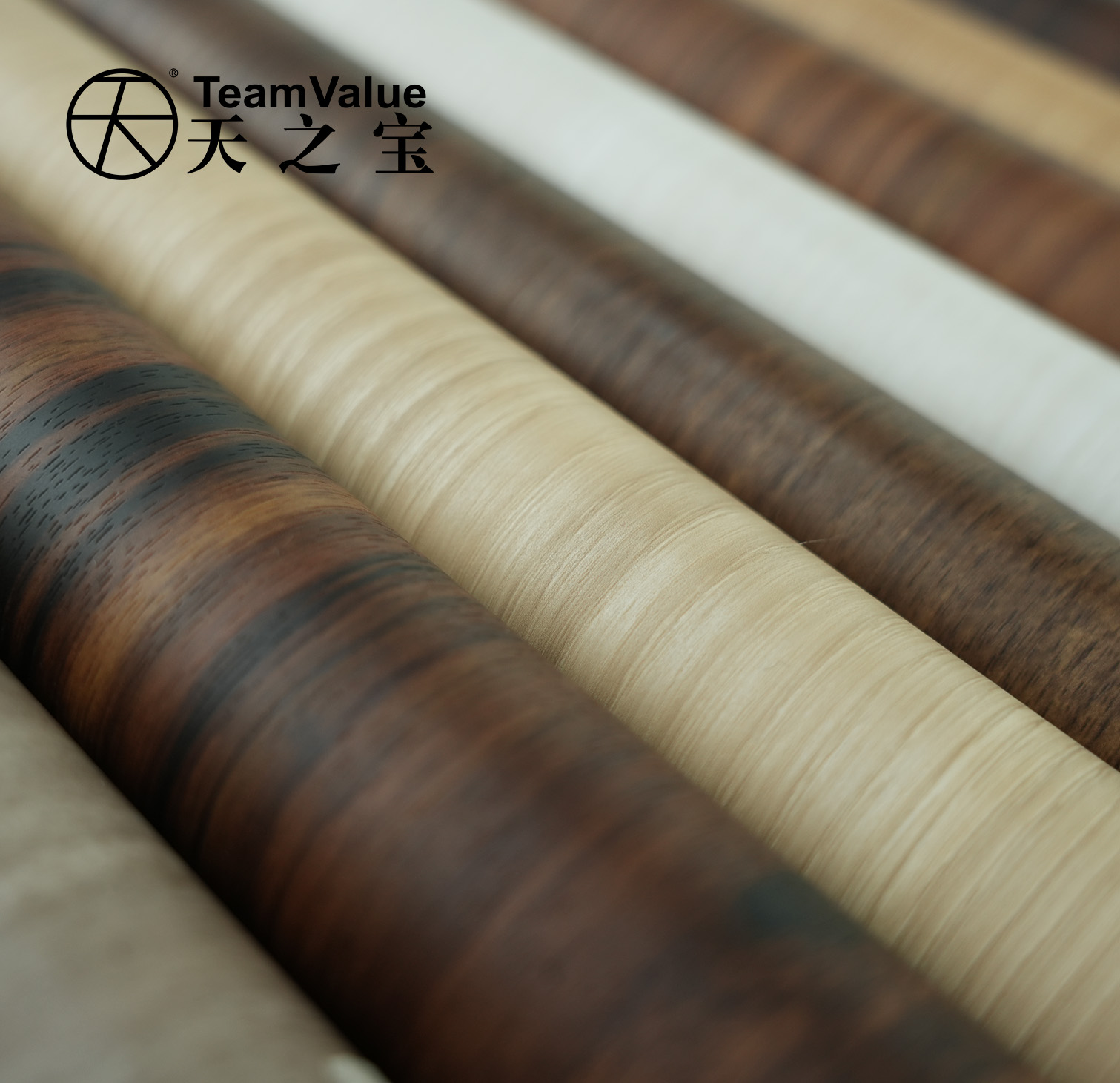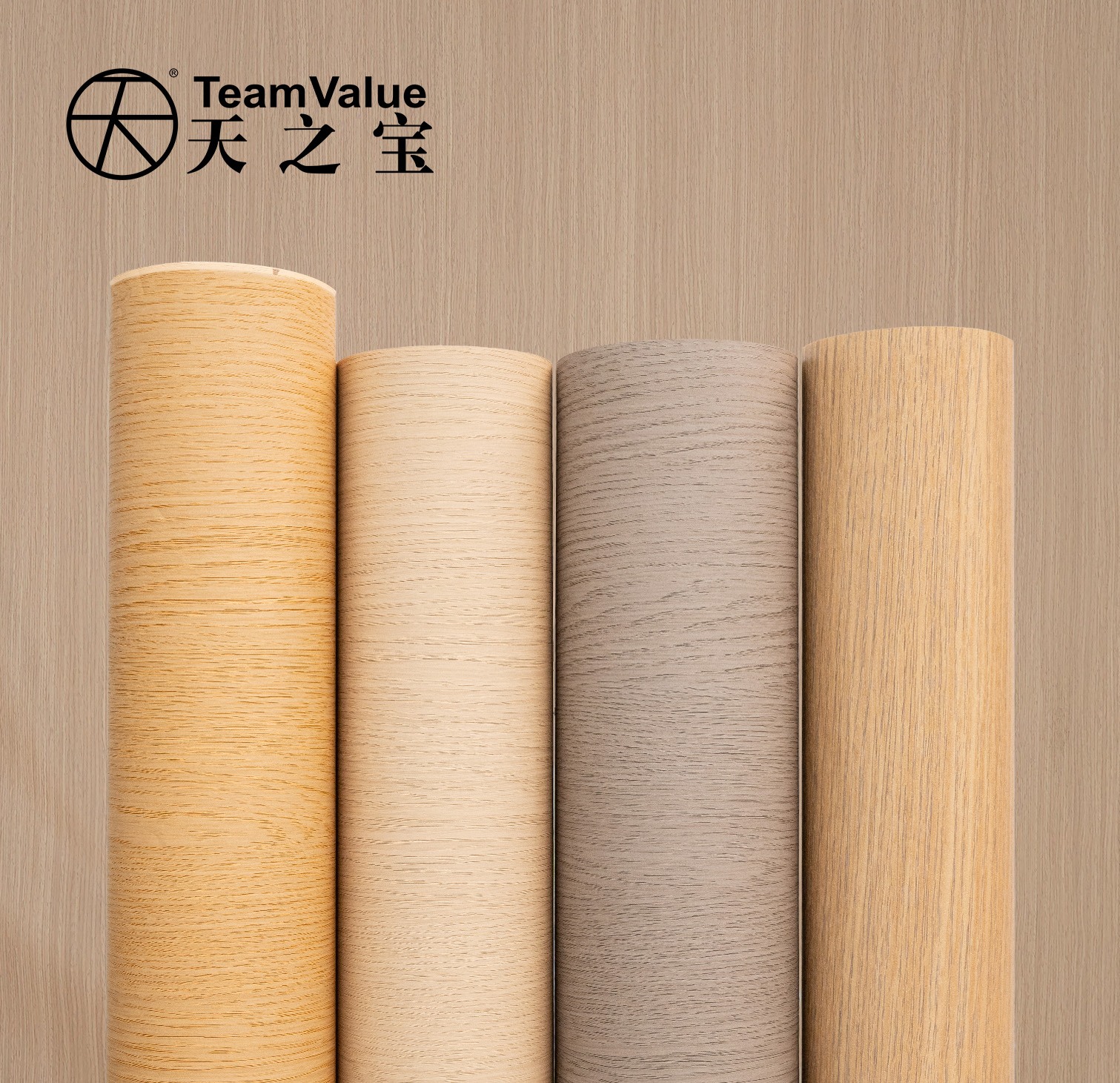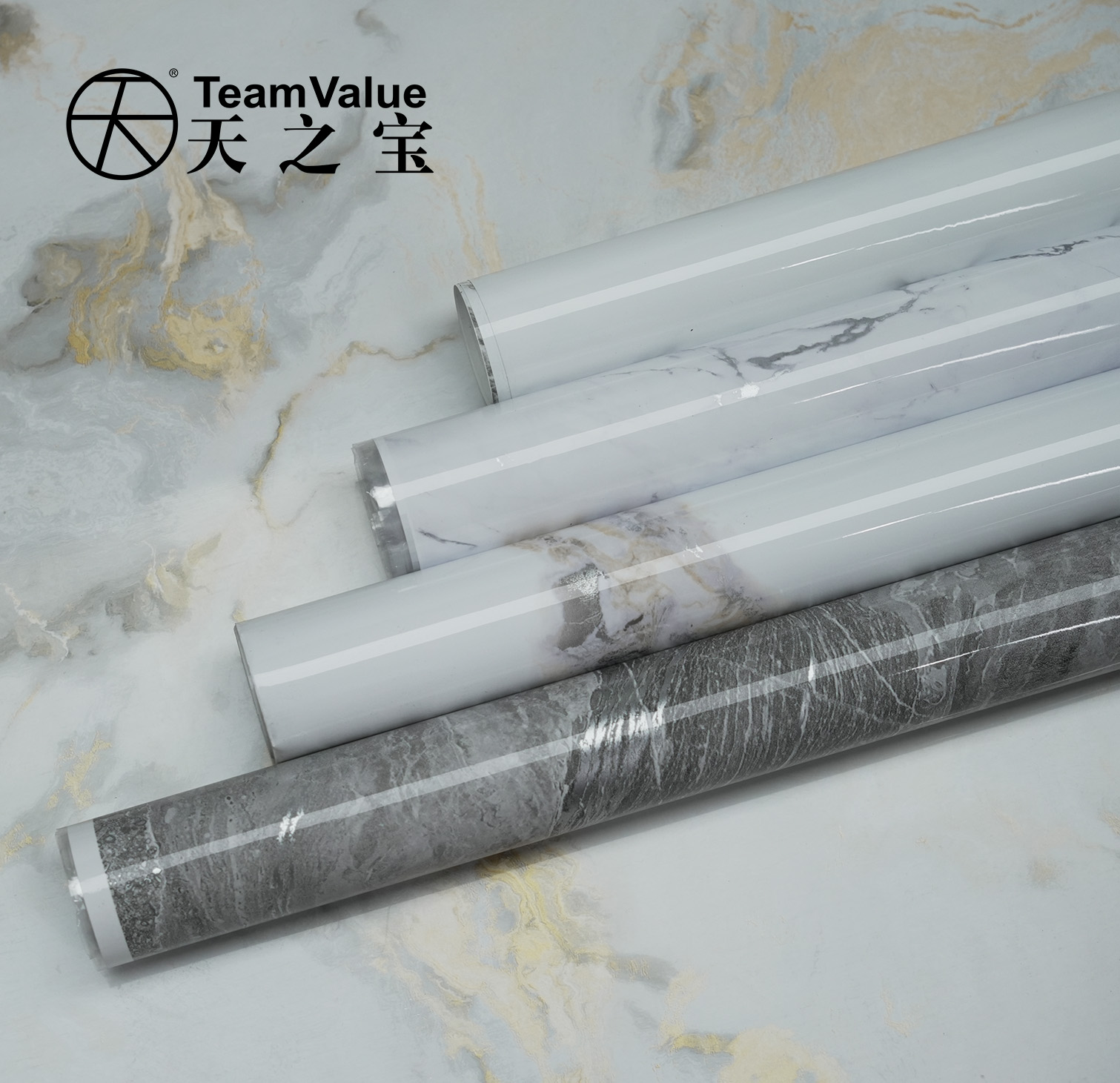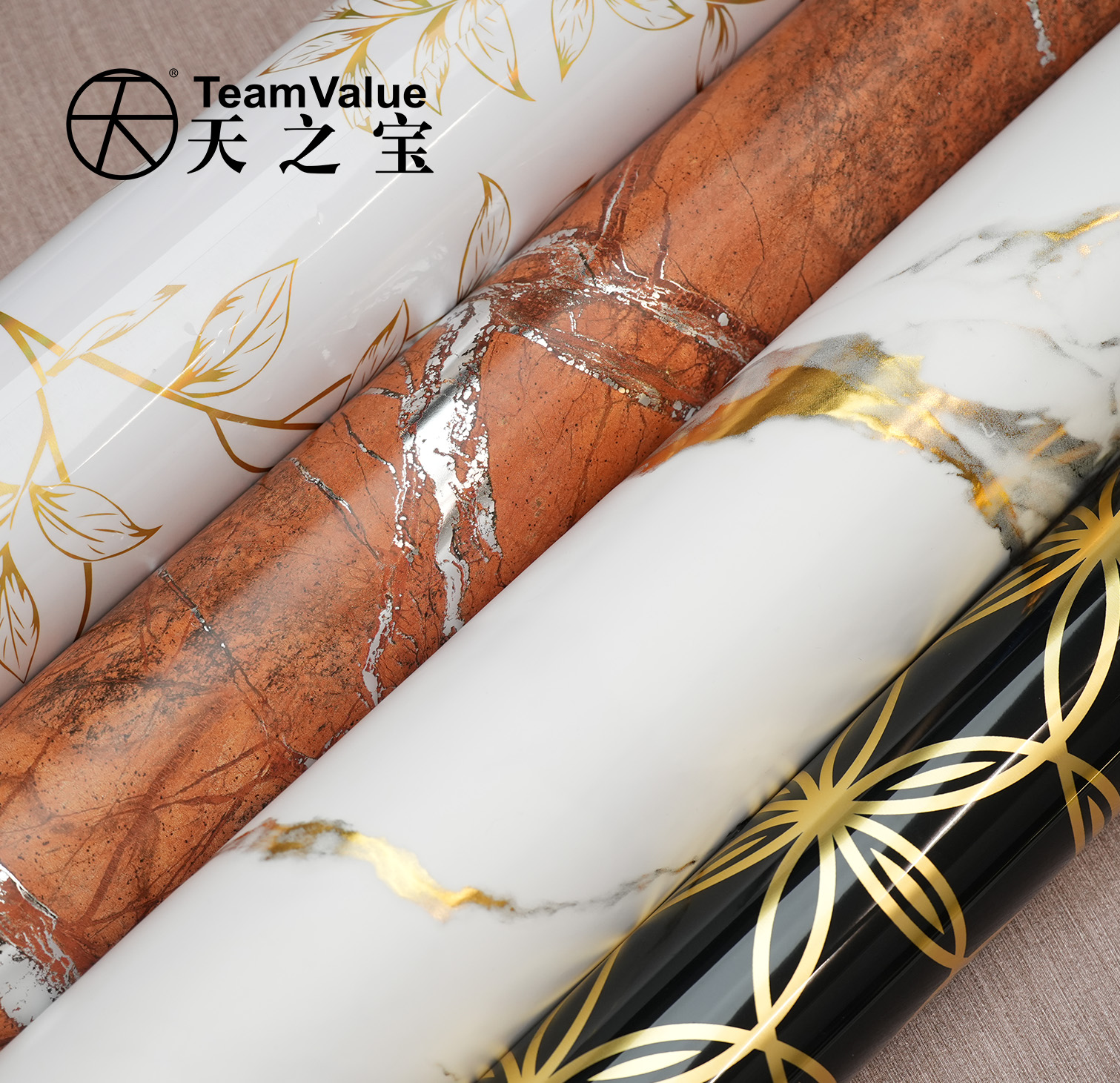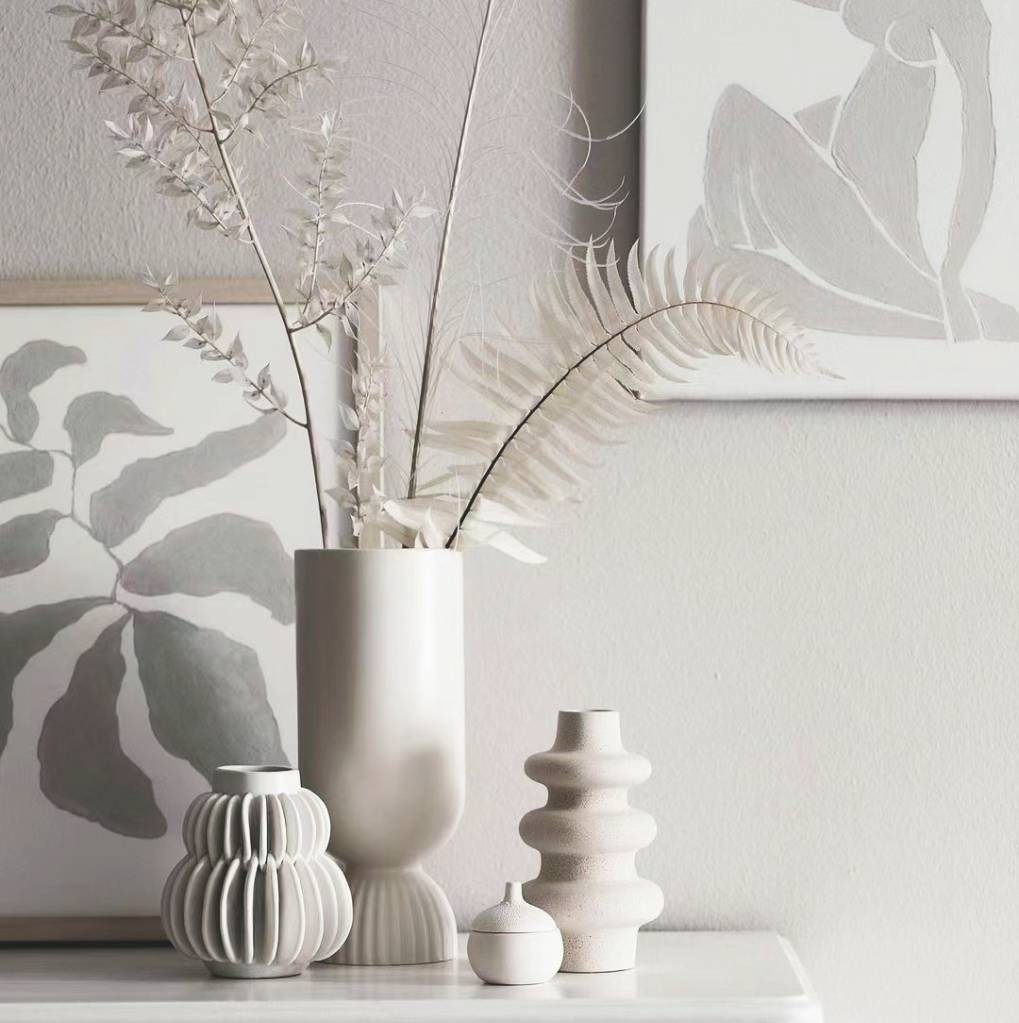Throughout human history, the surfaces that surround us have been more than mere boundaries. They are canvases for expression, markers of status, and reflections of technological progress. The story of decorative surfaces is a fascinating journey through ingenuity and innovation, culminating in the versatile and accessible solutions we have today, like PVC decorative films.
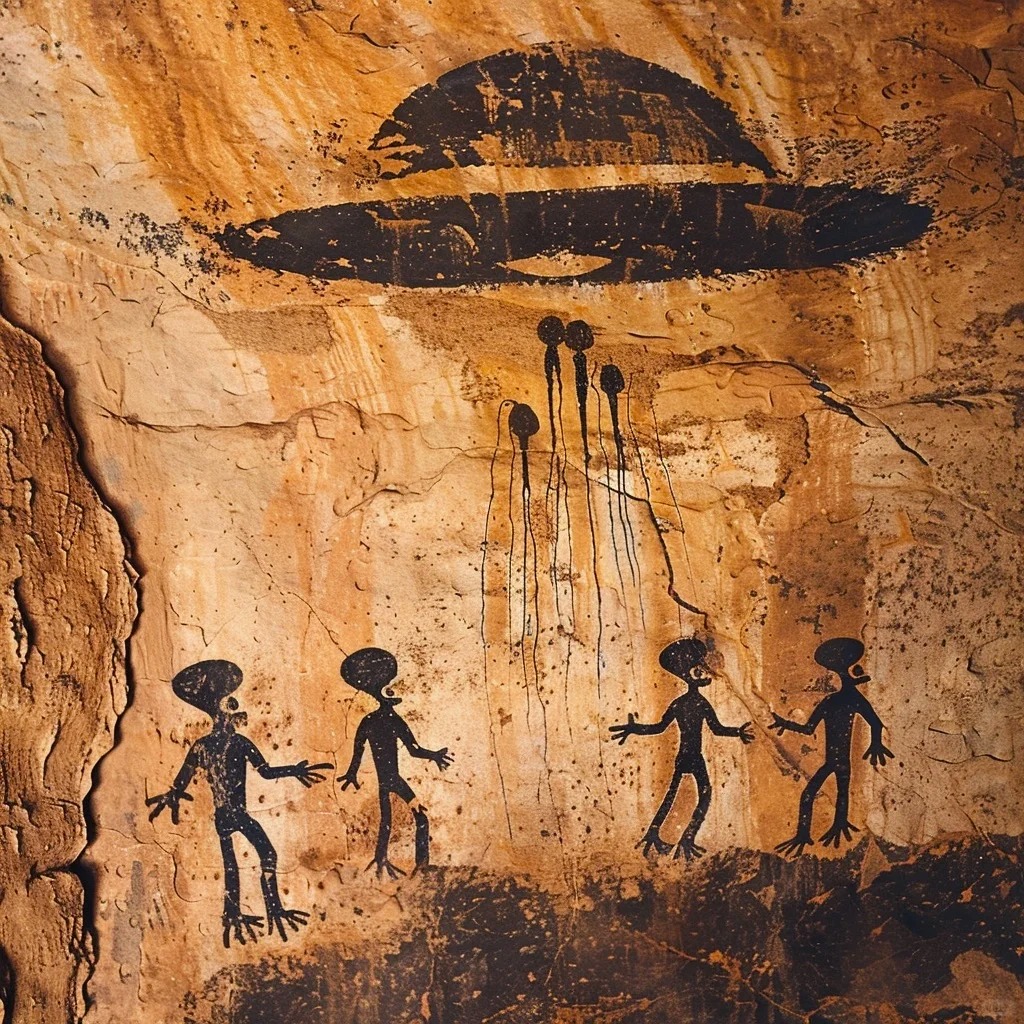
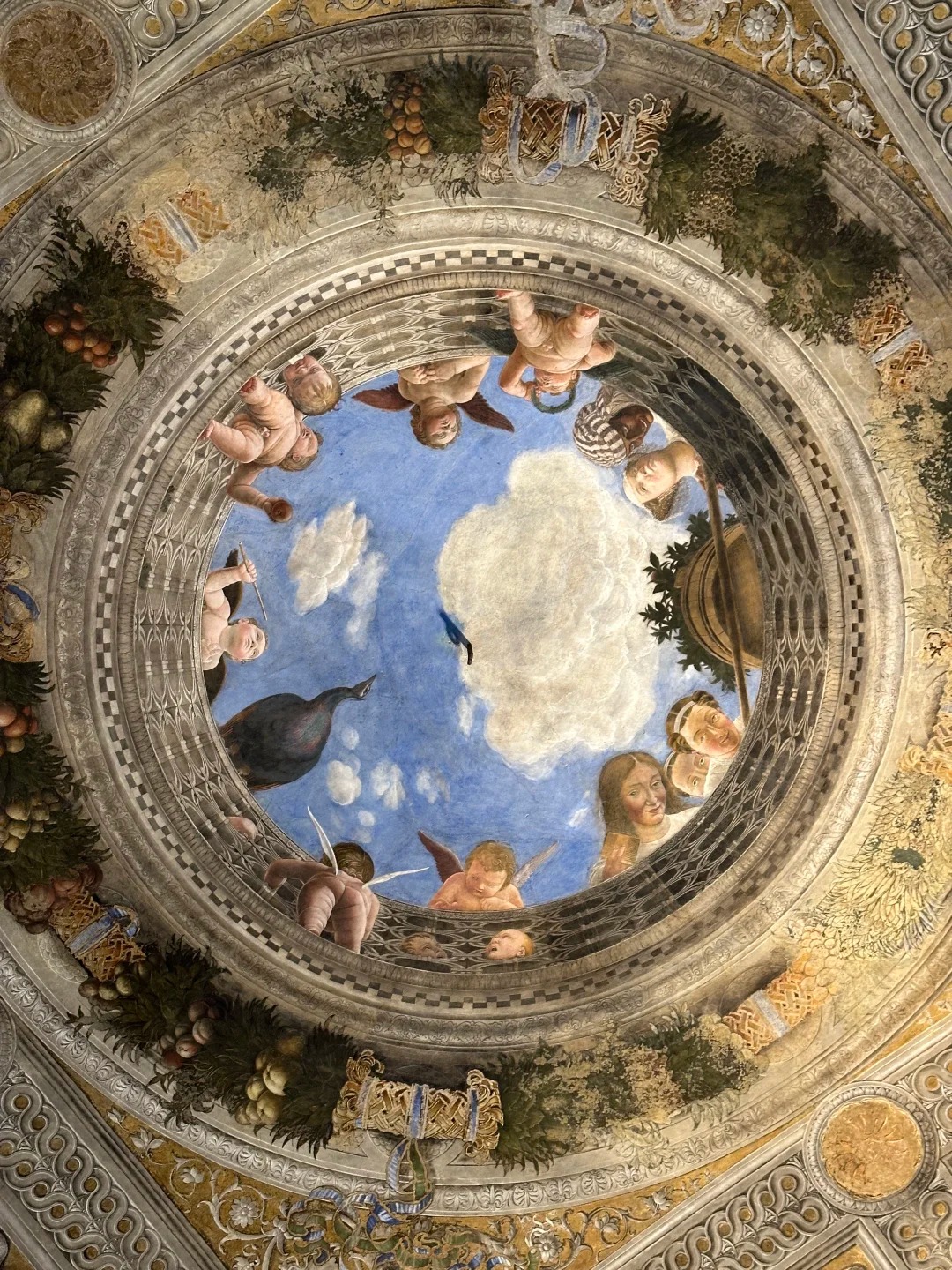
Early Beginnings: Nature’s Palette & Crafted Mastery
Our ancestors began by utilizing what nature provided. Cave walls became the first "decorative surfaces," adorned with ochre, charcoal, and other natural pigments depicting stories and rituals. As civilizations advanced, so did surface treatments.
Stone & Wood: Polished stone in palaces, intricately carved wood in temples and furniture – these natural materials offered inherent beauty but demanded immense labor and skill to shape and finish.
Plaster & Paint: Egyptians used gypsum plaster; Romans perfected frescoes. Hand-mixed paints from minerals, plants, and insects provided color, but were often limited in palette, prone to fading, and labor-intensive to apply.
Textiles & Tiles: Woven tapestries insulated and adorned castle walls. Glazed ceramic tiles, like those in the Islamic world or ancient China, offered durable and colorful surfaces for both interiors and exteriors.
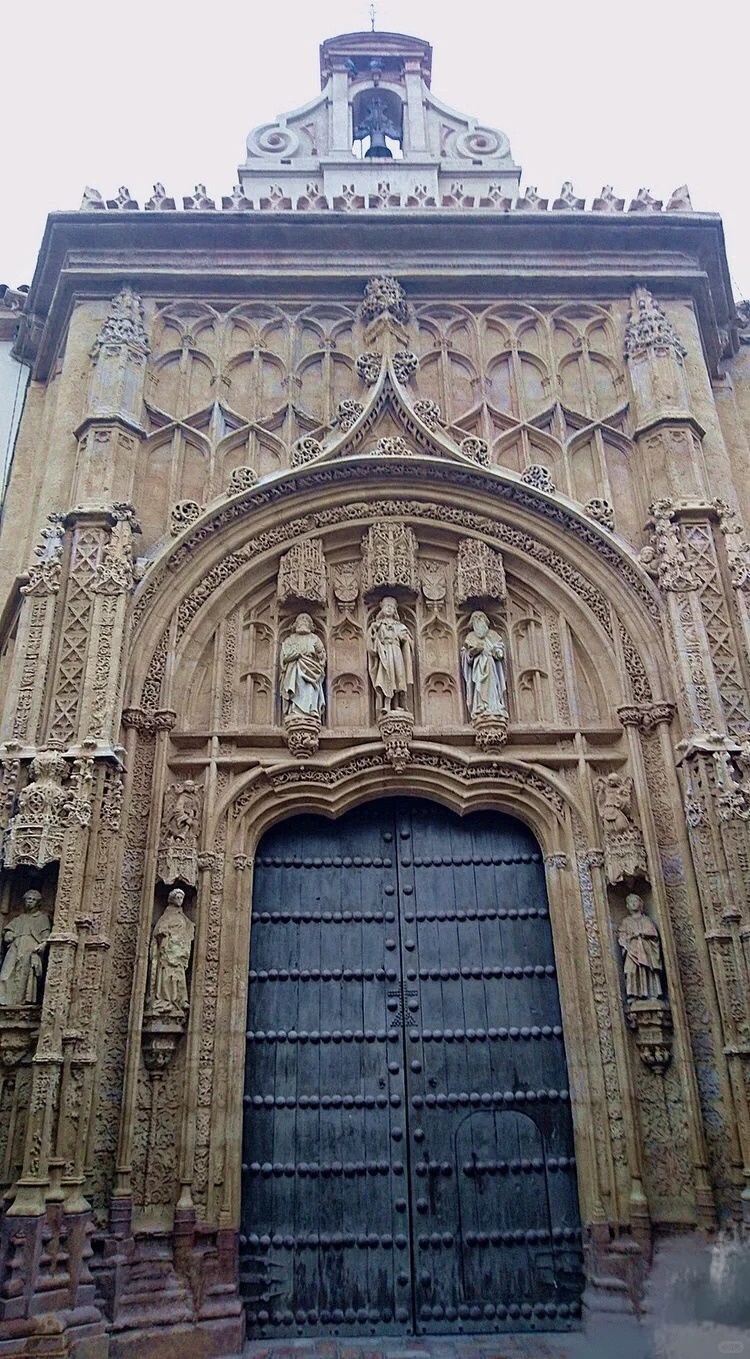
The Industrial Revolution: Mass Production & New Materials
The 18th and 19th centuries brought mechanization, changing how decorative surfaces were produced and accessed.
Wallpaper Revolution: Machine-printed wallpaper democratized wall decoration. Intricate patterns once reserved for the wealthy became affordable for the middle class, though durability and moisture resistance remained challenges.
Linoleum & Early Synthetics: Invented in the 19th century, linoleum (made from linseed oil, cork dust, and jute) offered a resilient and patterned floor covering. Early synthetic resins began to hint at the possibilities beyond natural materials.
The 20th Century: The Polymer Age & Surface Innovation
The discovery and development of synthetic polymers truly revolutionized decorative surfaces. Materials like plastics, laminates, and vinyl opened unprecedented doors.
Laminates (e.g., Formica): High-pressure laminates (HPL) fused decorative papers with resins under heat and pressure, creating incredibly durable, wipeable surfaces for countertops, furniture, and walls. They offered vast design choices but could be rigid and have visible seams.
Paint Technology Advances: Alkyd and later acrylic/latex paints improved durability, drying time, color range, and ease of application. Spray painting enabled new effects.
The Rise of Vinyl: Polyvinyl Chloride (PVC) emerged as a versatile material. Its application in flooring (vinyl sheet, tiles) showcased its resilience and design potential. The seeds for decorative surface films were sown.
The 21st Century: Smart, Sustainable & Customizable Surfaces
Today, the evolution continues, driven by digital technology, environmental awareness, and demand for personalization.
Digital Printing: Allows for photorealistic imagery, intricate patterns, and limitless customization on various substrates, breaking free from traditional repeat patterns.
Smart Surfaces: Integration of technologies (e.g., touch sensitivity, self-cleaning coatings, integrated lighting) is beginning, adding functionality.
Sustainability Focus: Demand for low-VOC materials, recycled content, and fully recyclable products is paramount. Responsible sourcing and production are key drivers.
The Versatility of PVC Decorative Films: This is where modern innovation shines. PVC decorative films embody the culmination of this evolutionary journey:
Unmatched Design Freedom: Replicates wood grains, stone veining, metals, fabrics, abstract art, and custom prints with astonishing realism thanks to advanced printing and embossing.
Durability & Performance: Highly resistant to scratches, stains, moisture, and fading. Easy to clean and maintain. Ideal for high-traffic areas (homes, offices, retail, hospitality).
Cost-Effectiveness & Accessibility: Provides the luxurious look of high-end materials at a fraction of the cost and installation time. Renovations become faster and less disruptive.
Lightweight & Flexible: Easy to handle and apply to various substrates (MDF, plywood, particleboard, existing surfaces), enabling creative applications on furniture, doors, panels, and more.
Sustainability Advances: Modern PVC films increasingly use recycled content, phthalate-free formulations, and are being developed with enhanced recyclability, aligning with eco-conscious values.
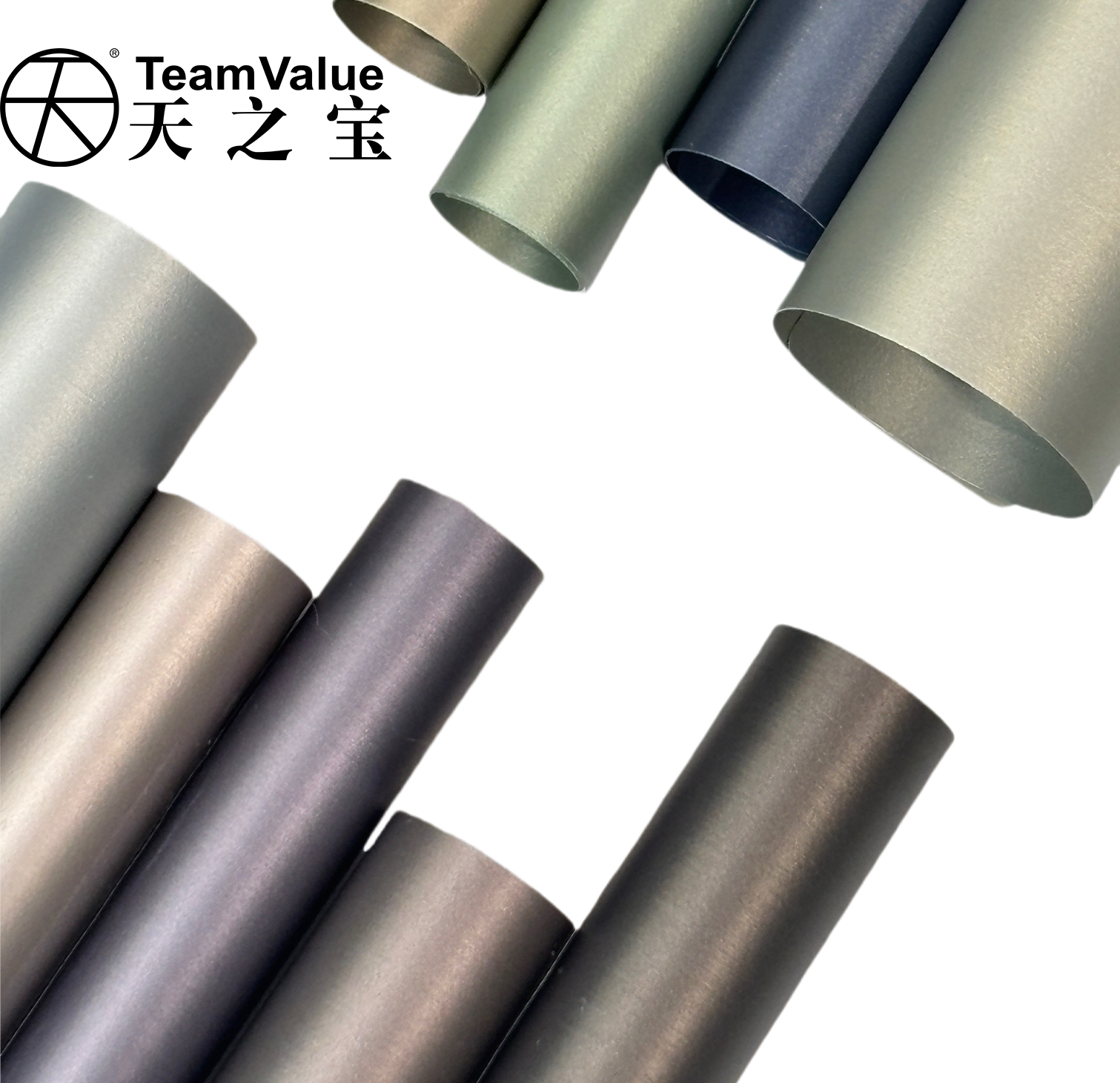
PVC Decorative Film: Shaping the Present & Future of Surfaces
From the primal strokes on cave walls to the digitally engineered precision of modern PVC films, the evolution of decorative surfaces reflects our enduring desire to enhance our environment. PVC decorative films represent a significant milestone – offering an unparalleled combination of aesthetic possibilities, practical performance, affordability, and increasingly, sustainability. They are not just a covering; they are a transformative technology that democratizes beautiful and durable design for countless applications.
At Team Value, we harness this evolution. We create cutting-edge PVC decorative films that empower designers, architects, and homeowners to realize their visions effortlessly. Explore our collections and discover how modern surface solutions can redefine your space.


